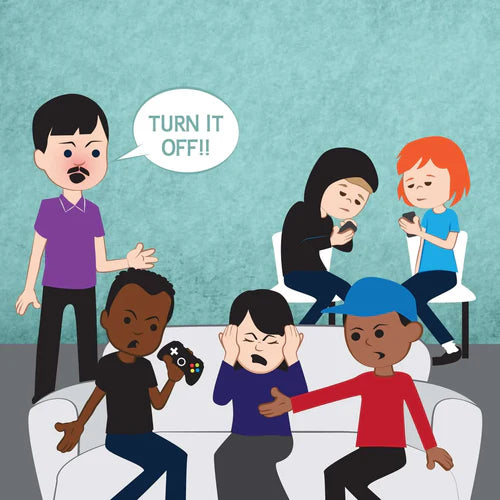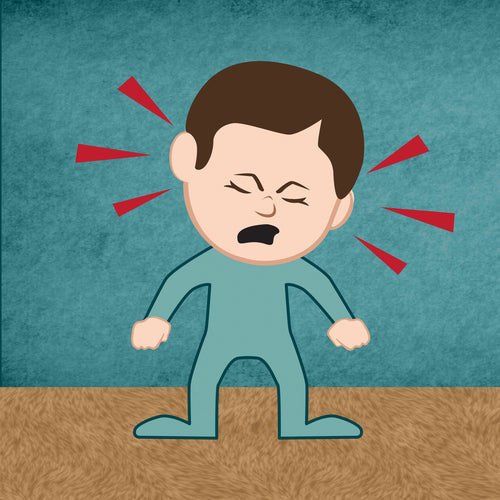Like many, we have a conflicted relationship with screens in our home. We want our kids to enjoy playing video games with friends, but find they are obsessed (waking up early to play, staying up late) unless we constantly badger them. They fight when we tell them to turn the games off. They fight with each other over who played more and whose turn it is. How do you recommend navigating this situation?
Danny H: 5 boys aged 4-14
Dear Danny with 5 boys aged 4-14
First,I want to acknowledge how hard it is to care for 5 young children, especially when they have diverse needs. Second, I want to celebrate that you are reaching out for support to find mutually satisfying ways to meet everyone’s needs in the family, not just the parent’s needs at the expense of the childrens’ needs or vice versa.
I am imagining your concern stems from a worry that device usage can be unhealthy and downright addictive, really wanting to ensure your children are optimizing their health and wellbeing. Maybe you are also wanting their presence and connection at times without filling every free minute with a video game along with some cooperation and collaboration around schedules so that there is more ease and flow when it’s time to put the devices away. Finally, maybe you are wanting some more harmony between siblings as well as between you and your children, particularly around navigating device usage. As you can see there are a lot of needs coming up that when not met, make this situation painful and draining.
Your children are also meeting needs through their device utilization. They get to enter a world where they have full choice in what happens and what they do while also experiencing competence in doing things that they can’t do as well in the real world. Devices serve to distract us from daily stressors so they can meet needs for self-care and regulation of the nervous systems. Your children may even meet their needs for meaning and purpose in the “dream” game world as they try to achieve a meaningful mission or goal. The games also meet needs for fun and play which is essential for all people, but especially children as it is both regulating to their nervous systems and healing to their bodies. Finally, I find that most children are disconnected from their need for health and don’t even know that device usage impacts health negatively. To a child, the only negative concern around device usage is a parent or other sibling getting between them and something that meets so many of their needs as described above.
So what to do?
The first thing is to regulate yourself when feeling overwhelmed, worried, and frustrated. There are many tools and techniques you can use around breathing, touch, imagery, and mantras to help you regulate and self-connect in the moment. Self-connection is simply taking a moment to connect to your feelings and needs as we did above and name your intention to care for both your needs and your childrens’ needs. I find it helpful to remember that their usage of devices in the moment isn’t going to make or break their health, but how you show up around their usage of devices can either build trust and connection with your children or erode it.
Everything we teach in CNPP (Collaborative Non-Permissive Parenting) is about building trust and connection in an effort to care for all needs on the table. We won’t be able to cover everything in this response but you can start off by telling your children that you want to build more trust and collaboration in how you parent and care for them. This includes increasing their autonomy and choice while also meeting your needs for health. The discussion can revolve around empathizing with the needs they are meeting with their devices and sharing your health concerns and care for their wellbeing. Once all the needs have been heard then, together, you can figure out how much time could be spent on devices to meet their needs and yours. The more attached you are to the needs of all and less attached you are to a certain time limit for the device, the more strategies will become available. For example, maybe the device serves certain needs while others are met differently (playing outside all together, finding meaning and purpose in books or hobbies, learning what competencies they wish to master and finding activities that can provide those skills, etc).
Over time, trust around this collaborative approach will grow and these conversations will become easier and quicker.
From one parent doing the best they can to another, webe in this together!
Best wishes,
webe













Leave a comment
All comments are moderated before being published.
This site is protected by hCaptcha and the hCaptcha Privacy Policy and Terms of Service apply.